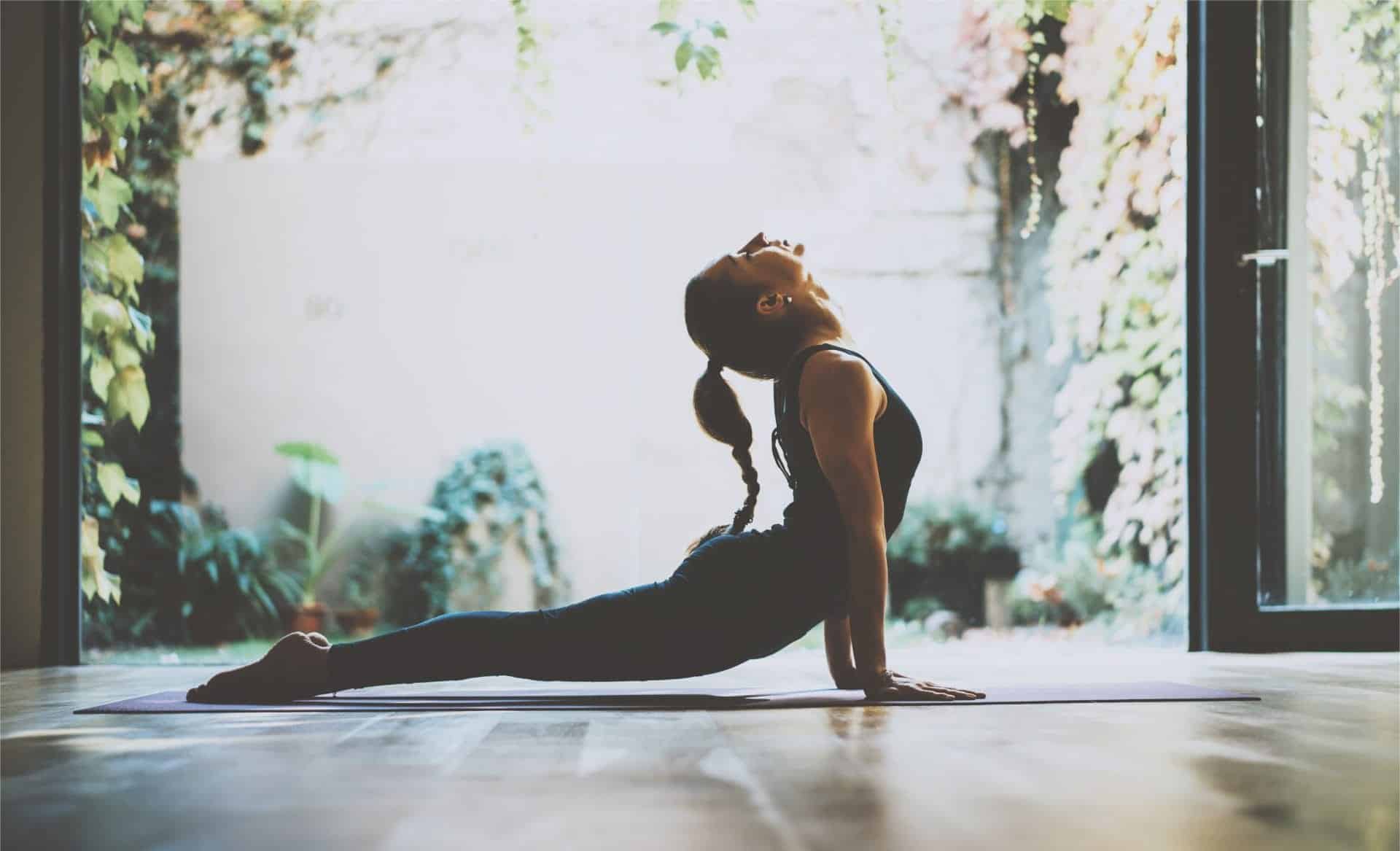
Cervical spondylosis, also known by the name of cervical osteoarthritis, is a degenerative condition that affects the cervical spine, particularly the discs and vertebrae in the neck. It is a condition with the potential to disrupt various aspects of a person’s daily life, including sitting, standing, walking, running, exercising, driving, and reading. It can rightly be categorized as a disabling condition, and in some instances, the severity of symptoms and lesions associated with cervical spondylitis can even pose life-threatening risks. [1]
According to Ayurveda, cervical spondylosis is closely associated with a Nanatmaja Vata Vyadhi called Griva Stambha. To treat that Vyadhi, procedures like Nasya Karma (with Kshirabala Tailum) and Griva Basti (with Dashmoola Tailum) are to be used. Griva basti procedure involves the practices of both Snehana and Swedana, and addresses the painful areas of the cervical spine region. The procedure is Ushna and Snigdha, alleviating the issue completely. Perspiration during Swedana eliminates all harmful Mala. Oral Ayurvedic medications like Shatavari Churna, Ashwagandha Churna, Chopchini Churna, Dashmoola Kwatha, and Guggulu tablets may be administered simultaneously. [4]
While medical treatment and physical therapy are essential for managing cervical spondylosis, incorporating regular exercises into your daily cervical spondylosis exercises chart can significantly alleviate symptoms and improve your overall neck health. This detailed document will explore the ten best cervical spondylosis exercises to relieve cervical spondylosis, helping you regain flexibility, strength, and comfort in your neck.
Best Exercises to Relieve Cervical Spondylosis

- Isometric head and hand exercises
In these cervical spondylosis exercises, you perform controlled movements of the head using your hands. Push their hands forward while concurrently pushing the head backward, creating a counteractive force between the hands and the head.
In the next step, you have to reverse this action, pushing the head backward with your hands while pushing the hands forward with the head.
For lateral movements, only one hand is utilized to apply pressure, with the left hand pushing the head to the left and the right hand pushing the head to the right to resist the forces generated by the respective hands.
- Neck rotation exercise
These are among the best cervical spondylosis vertigo exercises and involve moving the neck freely and independently in various directions, including back and forth, side to side, turning, and making circular movements, all without the use of the hands.
- Shoulder rotation exercises
These cervical spondylosis exercises can be performed individually or with both shoulders simultaneously. You have to rotate the shoulders in both clockwise and counterclockwise directions, positioning your hands above the shoulders.
- Backward body bending exercise
In these cervical spondylosis exercises you have to arch your body backward as far as comfortably possible while maintaining a standing position. You can use your hands to support the sides of your back.
- Backward stretching of the spine along with hands
These cervical spondylosis exercises are also performed in a standing position. Both your hands need to be joined together and twisted to constrict the shoulder blades towards each other resulting in the expansion of the chest. [1]
- Self-Traction
Imagine your head as a bottle cap being gently unscrewed from a bottle as you turn it from side to side. Allow your head to gently pull away from your body, lifting the upper part of your spine. Then, sequentially move your heels as if they are stepping away from your body, one at a time. Maintain this self-traction on your entire spine for a duration of 30 seconds. Afterward, release and take a moment to relax for a minute. For best results, repeat these cervical spondylosis exercises at least three times in the morning before rising from bed and at night before retiring to sleep.
- Breath-Body Movements Coordination
Sukshma Vyayama for Holistic Energy Flow:
Engage in Sukshma Vyayama cervical spondylosis exercises to promote the flow of healing energy throughout your body.
Vyagraha Pranayama for Upper Back Awareness:
Practice Vyagraha Pranayama while mindfully connecting your breath to the movements in your upper back.
Chri Kriya for Upper Back Awareness and Breath Synchronization:
Incorporate Chri Kriya into your routine, focusing on synchronizing upper back movements with your breath. [2]
- Halasana, or the Plow Pose
Halasana is a cervical spondylitis yoga exercise and involves a deep stretch of the shoulders and spine, which can alleviate tension and discomfort. This pose helps relieve stress and fatigue, which is particularly beneficial for individuals with cervical spondylosis and contributes to the strengthening and flexibility of the spinal cord.
- Bhujangasana (Cobra Pose)

Bhujangasana stretches muscles in the shoulders, chest, and abdominal region. It decreases stiffness in the lower back, offering relief, and also increases flexibility in the upper and middle back.
- Dhanurasana (Bow Pose)
Dhanurasana strengthens the muscles in the back, expanding the chest and neck, and can also provide relief from headaches, thus becoming one of the best cervical spondylosis neck exercises. [1]
FAQs
• What are the best Pranayamas, Kriyas, and Mudras that can serve as the cervical spondylosis best exercises?
1. Pranayamas (Breath Control):
Vibhagha and Pranava Pranayamas: Emphasizing Adhyam Pranayama and the MMM sound for head and neck relaxation.
Savitri Pranayama, Nadi Shuddhi, and Bhramari Pranayama: Effective techniques for reducing stress levels.
2. Kriyas (Cleansing Techniques):
Jala Neti: Nasal Cleansing
Kunjal: Cleansing of the Stomach
3. Mudras (Gesture and Energy Flow):
Brahma Mudra: For relaxation and healing of the head and neck region.
• What are the best Asanas and cervical spondylosis yoga exercises?
1. Standing Postures:
Tada Asana: Mountain Pose
Ardha Kati Chakrasana: Half Waist Rotation Pose
Ardha Chakrasana: Half Wheel Pose
Meru Asana: Spine Stretching Pose
2. Sitting Postures:
Gomukhasana: Cow Face Pose
Manduka Asana: Frog Pose
Danda Asana: Staff Pose
Sashanga Asana: Rabbit Pose
Ushtra Asana: Camel Pose
Chatus Pada Asana: Four-Limbed Staff Pose
Pratipa Hala Asana: Butterfly Pose
3. Reclining Postures:
Dridha Asana Variations: Strengthening Reclining Poses
Bhujangasana: Cobra Pose
Nouka Asana: Boat Pose
Shalaba Asana: Locust Pose
Bala Asana: Child’s Pose
Pawana Mukta Asana: Wind-Relieving Pose
• What are the best cervical spondylosis physiotherapy exercises?
Cervical Flexion: Begin in a lying position, and gently lift your head by tucking your chin towards your chest.
Cervical Extension: Transition to a prone position and lift your head backward, keeping it in line with your spine.
Cervical Side Flexion: While lying on your side, lift your head sideways from a pillow, first to one side and then the other.
Cervical Rotation: Lying down, lift your head off the bed and rotate it to one side, then repeat on the other side.
Perform each of these exercises with 8-10 repetitions, and aim to incorporate them into your routine three times a week, alternating days, over an 8-week period. These exercises can help enhance the flexibility and strength of your neck muscles. [3]
Conclusion
Cervical spondylosis can be a debilitating bone-related condition, but incorporating these ten cervical spondylosis exercises into your daily routine can significantly alleviate symptoms and improve your neck health. By regularly practicing these exercises and maintaining good posture, you can regain flexibility, strength, and comfort in your neck, ultimately enhancing your overall quality of life.
Disclaimer:
This article is written from a health and wellness perspective and is not medical advice. Kindly seek the help of a certified medical practitioner before initiating any treatment.
References:

















